Day 2 overview:
07:00 Breakfast - Aomori Nokkedon
08:09 - 08:15 train Aomori to Shin-Aomori station
09:11 - 09:38 train Shin-Aomori to Hirosaki station
10:00 Hirosaki city
Rental bikes
Angelique, Tsugaru-han Neputa Village, Hirosaki Castle
Lunch
12:40 - 13:17 train Hirosaki to Mutsu-Tsuruda station
13:30 Tsuru no Maibashi
15:16 - 16:18 train Mutsu-Tsuruda to Shin-Aomori station
16:38 - 17:44 Shin-Aomori to Morioka station via Shinkansen
18:15 Dinner - Wanko soba challenge
19:40 - 20:21 Morioka to Ichinoseki station via Shinkansen
20:30 Check into Ichinoseki hotel
We start our day by getting ready and checking out of the hotel early in the morning (leaving our large bags in the lobby with the hotel staff). Breakfast is included in the price for Toyoko Inns, but since our first activity was eating, we didn't opt for a full meal at the hotel.
We decided to just start with 4 sheets (48 tickets) for the 6 of us since half of us aren't huge into seafood and we figured we could always buy more if we needed to. Of that, 8 tickets immediately went to our rice bowls (a mix of large and regular servings), and we were shown to which vendor we should get our rice from to start.
Once you're ready to eat, find an available table (there's a bunch on the first floor but I believe more on the 2nd floor if it's crowded) where there are chopsticks, shoyu, wasabi and small dishes available for your use and disposal. There are also multiple water/tea machines around that can make hot or cold drinks.
Somehow I didn't end up taking many pictures of this, but it was a fun experience. My husband and my mom particularly enjoyed the tamago offered by one of the vendors who said it was their #1 seller. It didn't look really appealing, but was really good when they actually ate it.
If you really enjoy seafood, especially higher quality stuff and want a variety, you might want to budget for 1 sheet (12 tickets) per bowl. I think I only ended up using 2 tickets lol.
It does seem like there aren't as many vendors open in the very early morning as there would be around lunch time (when it's a lot more crowded), so you may want to take that into consideration if you're planning to visit. For example, I think there was a vendor booth that had beef but it didn't even seem close to opening when we were there between 07:00 and 08:00.
Also, one thing my family mentioned is that because it's a rice bowl but not a sushi bowl, the rice is plain (not vinegared) - it's not sushi rice, which I think we're used to eating when getting poke bowls or chirashi type dishes. That does change the flavor profile a bit and maybe means there's a little less punch for some of the seafood items.
We finished up breakfast pretty quickly (no waiting since everything was ready and we didn't take much time to eat), we returned to the hotel to pick up our bags and then headed to Aomori Station. We hopped on the first available train headed towards Shin-Aomori.
Only my husband and my dad ended up getting one but both thought it was great. If you're not visiting during actual apple season, this is a good alternative to still get to experience that facet of Hirosaki.
There are parts of the "village" that you can access without having to pay for admission (like the gift shop), but we knew we wanted to go in,
The end of this craft area also has a activities center where you can do your own kingyo neputa, fan, ceramic, kokeshi doll, etc painting. We didn't have enough time to do this, but would have loved to!
and such a nice view of Mt Iwaki!
We walked back across the bridge the same way we came and took one last look before heading back to the parking lot with the waiting taxis.
We returned to Mutsu-Tsuruda station with plenty of time before the next train (which is good because they run pretty infrequently and we didn't want to miss it).
And there was even this booth that all 6 of us fit in and seemed you could transform into a lay flat area if you're catching the train overnight. Seems really cool if you're planning to be on the train for longer with a group.
We made a quick transfer at Kawabe station to get on a local train headed towards Shin-Aomori.
We got to Morioka station at about 17:45, found another set of lockers and then headed out for dinner.
We were given aprons and shown to our table upon checking in. We selected the basic menu for the wanko soba challenge (you can have additional toppings and sides like shrimp tempura and other seafood items for additional cost) and the staff started setting up!
The large bucket is for the excess soba liquid (no noodles) and the sides (nori, sesame seeds, sashimi, chicken, cucumbers, and other pickled vegetables) are all brought out ahead of time as well and are shared amongst your table.
The staff will bring out15 bowls of soba (about 1 mouthful each with 15 bowls equating to one typical serving of soba) on a tray and then rhythmically distribute to each participant, stacking the bowls per person to keep the count.
The object is to eat as many bowls as you can with the staff constantly refilling it! The staff will continue to cheer you on and urge you to keep eating as long as your bowl remains uncovered.
One of the staff members spoke a little English (and the instructions for the challenge was provided on paper in English), but for the most part we used our broken Japanese and the overall cheerful mood/atmosphere to get through each round.
Each taxi was about 2200yen for one way from the station to the bridge. So roundtrip, it would cost 4400yen per taxi. This is pretty pricey, but honestly the easiest way to get there and back. If you're not doing anything else in this town, the convenience is worth it.
Apparently the train we caught was a limited-express train with some fancy seating (probably should have had a specific ticket for it, but it would have been covered by our JR Rail Passes regardless)
And then soon enough we arrived back to where we left our large bags in the morning, retrieved them from the lockers and got onto our next Hayabusa shinkansen. We were officially leaving Aomori for the rest of the trip!
The big draw in this area for us was the 3 great noodles of Morioka - reimen (a cold noodle dish based on Korean naengmyeon), jajamen (a Chinese zhajiangmian-style dish with meat miso) and wanko soba (where you eat as many bites of soba as you can while being served one mouthful at a time!).
I had made a reservation a couple weeks prior at the Azumaya Ekimae location for the wanko soba challenge. There are two other locations in Morioka (including the honten), but this one was the most convenient for us to get to.
One of the staff members spoke a little English (and the instructions for the challenge was provided on paper in English), but for the most part we used our broken Japanese and the overall cheerful mood/atmosphere to get through each round.
There isn't a time limit for this restaurant as far as I know, but the record is 500+ bowls.
I'm not sure how common this activity is for non-Japanese speaking tourists, but despite the language barrier the staff was very patient, friendly and accommodating with us which we really appreciated! We had a good experience overall - the soba itself isn't fantastic tasting, but certainly the most unique dinner of the trip.
We completed our meal a bit quicker than I had originally planned for and wanting to call it an early night, we went to try to change our reserved seats on the shinkansen in order to get on a sooner one. But note you CANNOT do this at the ticket machines with the rail passes. We needed to get to the Midori no Madoguchi and have the staff manually change our tickets (cancel the old and issue new ones).
Honestly, Day 2 was a little bit of a whirlwind! Because of the limited times that the local trains run, we had to catch very specific ones in order to be sure to make it to the next activity on time. While we didn't end up literally running for any trains like we did on Day 1, we did rush a bit on the bikes at lunch time after visiting Hirosaki Castle, and then we had somehow had way too much time at Mutsu-Tsuruda lol. In the end, we made all the connections we needed to and even ended the day earlier than my initial plan, so we could rest rest for the next day!
Recommendations:
‣ Aomori Nokkedon - although we visited a little too early in the day to get the best of everything, it was still a good experience and an excellent want to try a bunch of fresh, local seafood. Consider going for an early lunch instead of right when they open!
‣ Visit Hirosaki - everyone in my family loved renting the bikes and riding around. We also enjoyed seeing the Tsugaru version of the Neputa floats at the museum.
‣ Wanko soba challenge - it really was a memorable challenge, and we were repeating the encouraging words from the staff to each other for the rest of the trip!
Personally, I would revise our itinerary to exclude: Tsuru no Maibashi. Unless you are renting a car/want to do other stuff in the Tsuruta area, I would instead allocate the approximately 3 hours (including travel time) we spent to see the bridge back in Hirosaki. Hirosaki had a lot more to offer than the little we saw including way better lunch options, an apple park, a ninja mansion and more. Since the bike rental is fairly inexpensive, it's also the more cost effective option compared to the taxi and an activity in and of itself. That being said, if you are a big fan of (wooden) bridges or similar architecture, it might be worth your time. I found it nice personally, but that was highly reliant on the weather being nice during our visit, and it wouldn't have been worth it at all if it was overcast with no Mt Iwaki view.
It's going to end up sounding repetitive through the rest of the post series, but we really did move around a lot this day! I'm so happy we were able to accomplish all that I had planned and even relax one hour earlier. We enjoyed our time in Aomori :)


 This is our second day of our 5-day trip in Tohoku using the JR East Rail Pass with my parents and my brother and SIL! (
This is our second day of our 5-day trip in Tohoku using the JR East Rail Pass with my parents and my brother and SIL! (




















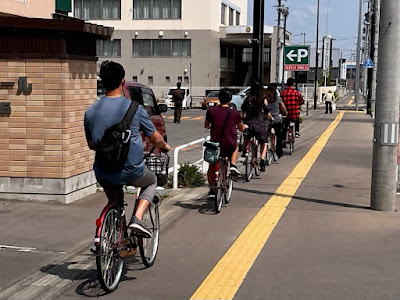






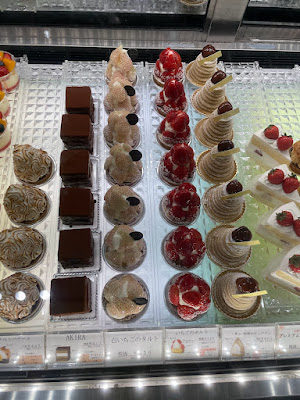






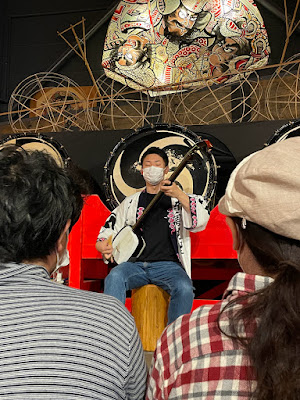












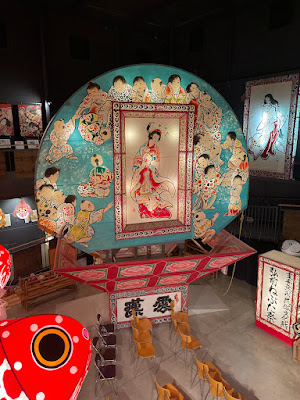








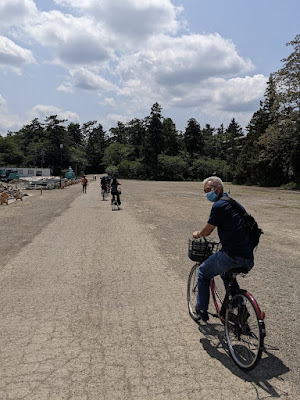
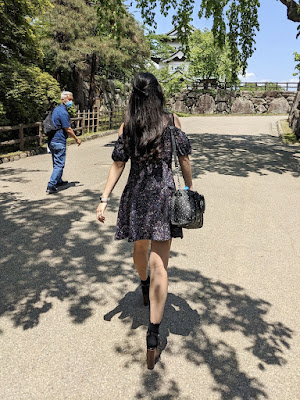



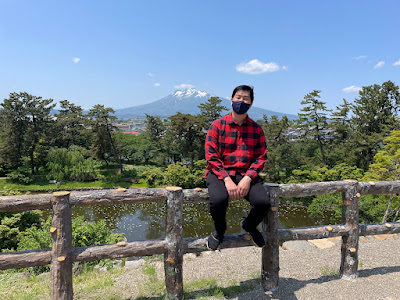






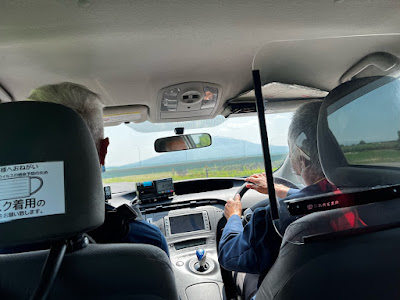



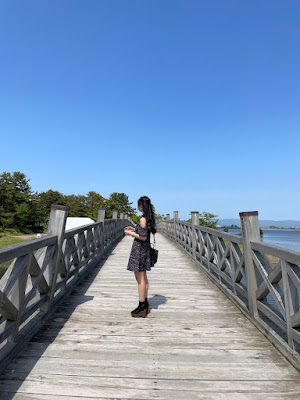





















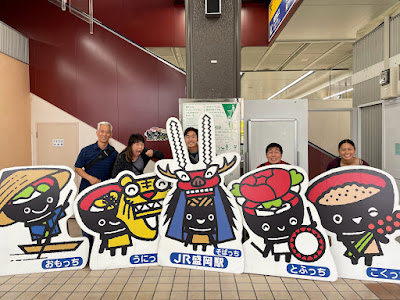


















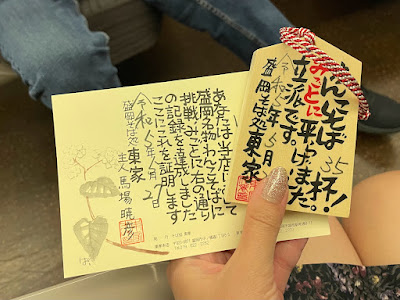








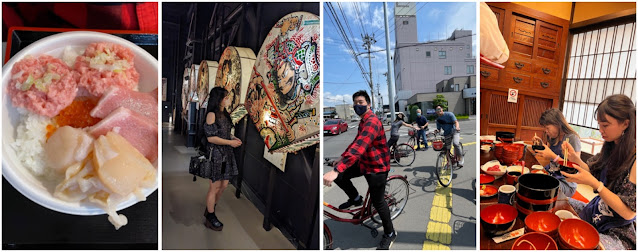
No comments:
Post a Comment